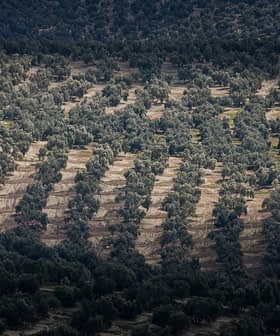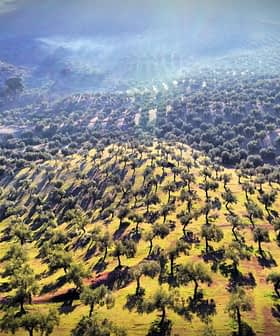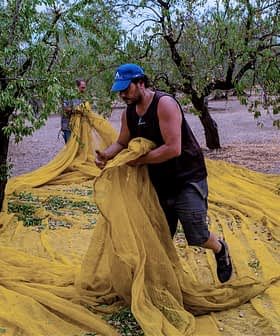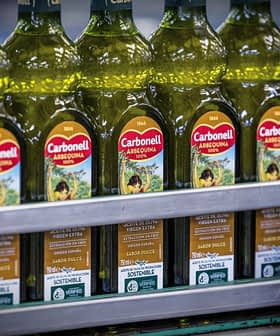Major Spanish Trade Group Looks at Ways to Join Fight Against Xylella
Spain's association of olive oil industry stakeholders is studying ways to join the research efforts on Xylella fastifiosa to make sure the objectives related to the olive oil sector are met.
Xylella fastidiosa is regarded as the top current threat to Spanish and European olive groves and increasing the research efforts to stop it has become one of the foremost concerns of the olive oil sector.
We are interested in making sure that everything that may have an incidence in the olive groves is researched and reaches to a conclusion so we can design the best praxis in case we need it.
The bacterium was first detected in Spain, the largest olive oil producer in the world, in Mallorca in November 2016. Since that moment, it has spread across the Balearic Islands, in the East of the country, and was found on almond trees in the mainland in 2017. So far, there isn’t any official positive case among olive trees on the Iberian Peninsula.
However, the “olive quick decline syndrome” — the disease prompted by the Xylella fastidiosa — has caused the death of over a million olive trees in the South of Italy and Corsica since it was detected there in 2013.
Aware of the risks of this bacterium arriving and spreading in the heart of the main olive oil regions in Spain, the Spanish government has called a research project to study ways to stop and to respond to the disease.
As a result, the National Institute for Agricultural Research (INIA) will coordinate the work of 13 research centers in the country. But this project will not only focus on olive trees, as the bacterium also affects other crops such as almond trees, grapevines, alfalfa and ornamental plants.
Now, the Spanish Olive Oil Interprofessional association Interprofesional del Aceite de Oliva Español is studying ways to join the research efforts in order to guarantee that the scientific objectives related to the olive oil sector are accomplished.
“It is a very wide project about many different kinds of crops. We are interested in making sure that everything that may have an incidence in the olive groves is researched and reaches to a conclusion so we can design the best praxis so we can use them in case we need it,” Teresa Pérez Millán, manager of the Spanish Olive Oil Interprofessional told Olive Oil Times.
The key problem with Xylella fastidiosa at this stage is that its eradication is very difficult since there is no effective treatment apart from the control and elimination of the infected plants and of the insect that spreads the bacterium.
According to the Interprofessional, the government has been “sensitive” to the sector’s demands, but a larger scientific effort is needed to develop more effective strategies to fight and control the disease.
“We’ve got in touch with the INIA to co-fund research projects. Now we are in the process of evaluating the proposals,” said Rafael Sánchez de la Puerta, head of R&D&I at the association.
“The Spanish Olive Oil Interprofessional allocates 11 percent of its budget to the promotion of innovation. This figure makes us one of the organizations in Europe’s agriculture and food sector making the biggest effort in this area”, he added.
The research project promoted by the Spanish government consists of six lines of study. The Spanish Olive Oil Interprofessional aims to support them through parallel and complementary research.
“We are setting out different working groups which will specifically focus on how the Xylella affects the olive groves, from risk analysis for the eradication of the bacterium in olive trees to the study of the genetic structure of Xf,” Pérez Millán explained.
Other lines of works will study the guests of the bacterium, its potential disease-causing capacity on different olive cultivars, the process of infection of the trees and the biology and ecology of the insects spreading the disease.
“Right now we are studying the budget that we will be able to allocate. These are mid-term projects, lasting for several years, and our aim is to support the development of those lines of work for three years,” she added.








